Ashanti Empire>>> THE PORCUPINE WARRIORS>>>WHEN THOUSAND IS KILLED THOUSAND WILL COME...
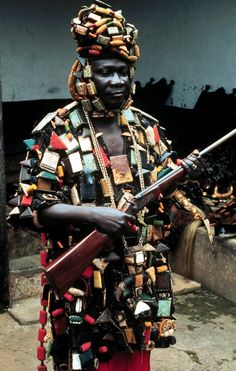
Etymology and origins
The name Asante means "because of war". The word derives from the twi words asa meaning "war" and nti meaning "because of". This name comes from the Asante's origin as a kingdom created to fight the Denkyira kingdom.
The variant name "Ashanti" comes from British reports that transcribing "Asante" as the British heard it pronounced, as-hanti. The hyphenation was subsequently dropped and the name Ashanti remained, with various spellings including Ashantee common into the early 20th century.
An alternative theory is that the name derives from the Hindi word Shanti, meaning peace, the opposite of which is Ashanti, meaning war.
Between the 10th and 12th centuries AD the ethnic Akan people migrated into the forest belt of Southern Ghana and established several Akan states:
Ashanti,
Brong-Ahafo,
Assin-Denkyira-Fante Confederacy-Mankessim Kingdom (present-day Central region)
Akyem-Akwamu-Akuapem-Kwahu (present-day Eastern region and Greater Accra), and
Ahanta-Aowin-Sefwi-Wassa (present-day Western region).
Before the Ashanti Kingdom had contact with Europeans, it had a flourishing trade with other African states due to the Ashanti gold wealth. Trade with European states began after contact with the Portuguese in the 15th century AD.[6] When the gold mines in the Sahel started to play out, the Ashanti Kingdom rose to prominence as the major player in the gold trade.[5] At the height of the Ashanti Kingdom, the Ashanti people became wealthy through the trading of gold mined from their territory.
THE HISTORY OF ASANTE KINGDOM
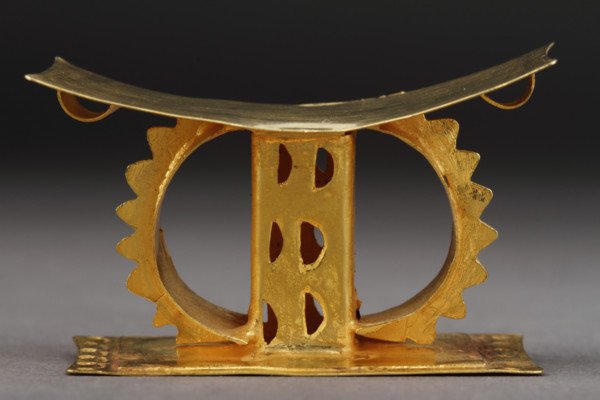
THE GOLDEN STOOL OF THE ASANTE KINGDOM
Ashanti political organization was originally centered on clans headed by a paramount chief or Amanhene.[7][8] One particular clan, the Oyoko, settled in the Ashanti's sub-tropical forest region, establishing a center at Kumasi.[9] The Ashanti became tributaries of another Akan state, Denkyira but in the mid-17th century the Oyoko under Chief Oti Akenten started consolidating the Ashanti clans into a loose confederation against the Denkyira.[10]
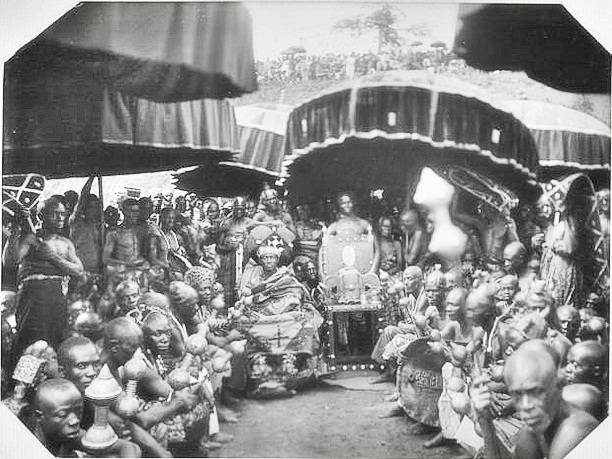
The introduction of the Golden Stool (Sika ɗwa) was a means of centralization under Osei Tutu. According to legend, a meeting of all the clan heads of each of the Ashanti settlements was called just prior to declaring independence from Denkyira.
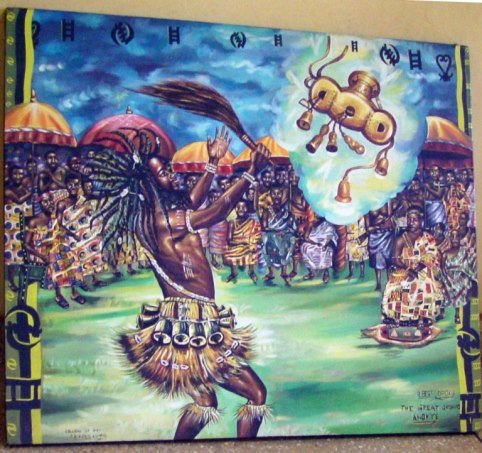
Okomfo Anokye commanding the Golden stool down
SOME PICTURES OF ASANTE KINDOM
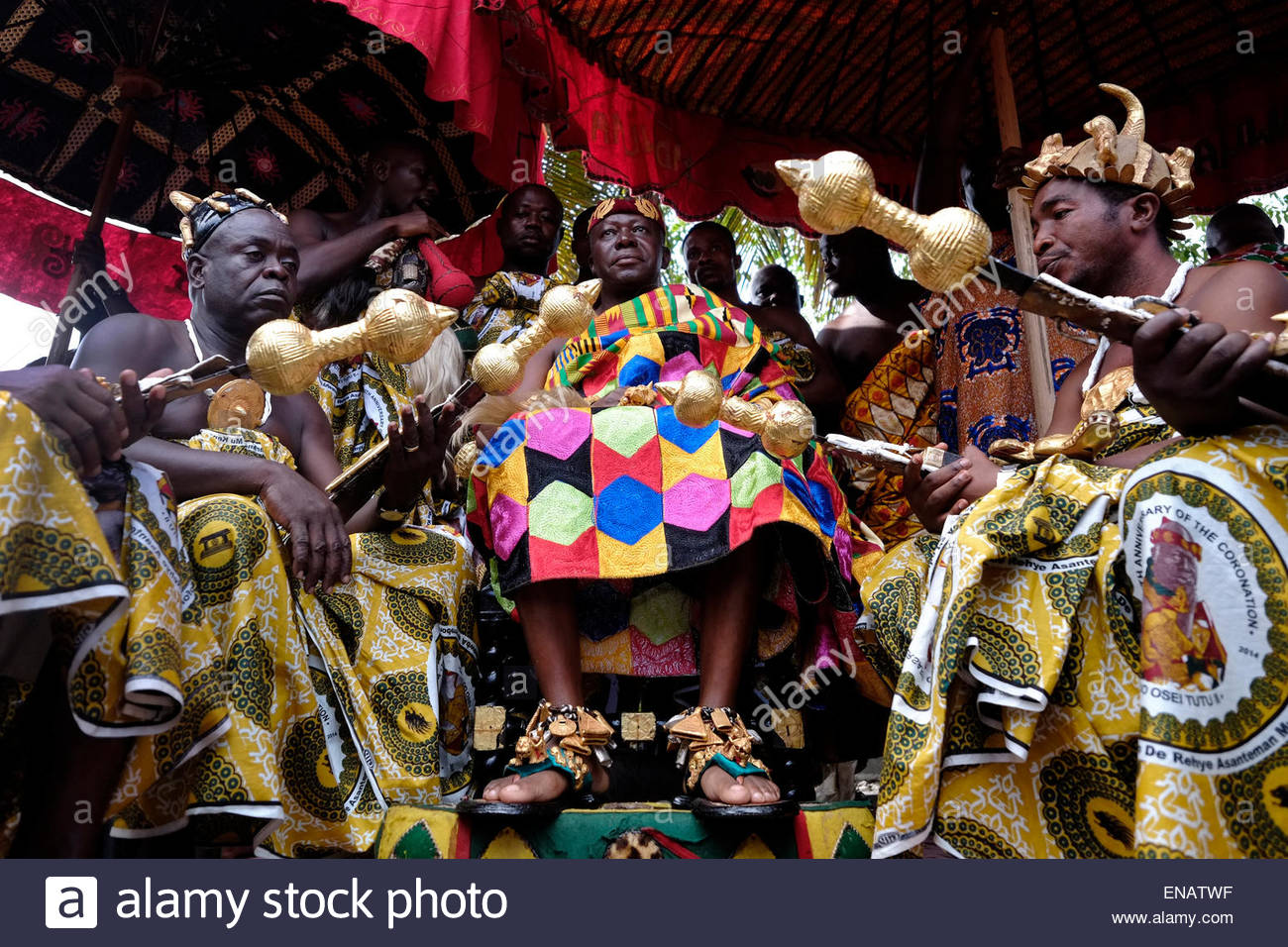
Otumfuo Nana Osei Tutu II the 16th King Asantehene ...
Otumfuo Nana Osei Tutu II the 16th King Asantehene traditional ruler of the Kingdom of Ashanti Republic of Ghana West Africa
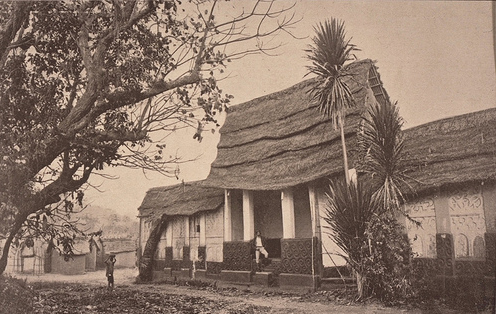
Image of an Ashanti home in Kumasi, before British colonization
Some asante chiefs.
*King Opoku Ware I (1720–1745) engaged in further Akan territorial expansion
*king Kusi Obodom (1750–1764) succeeded Opoku Ware I.
*Asante king Osei Kwadwo (1764–1777) imposed administrative reforms that allowed the Ashanti Kingdom to be governed effectively.
*King Osei Kwame Panyin (1777–1803), and King Osei Tutu Kwame (1804–1824) continued the Ashanti Kingdom's territorial consolidation.
The story unfold in the next post...
Thank You.